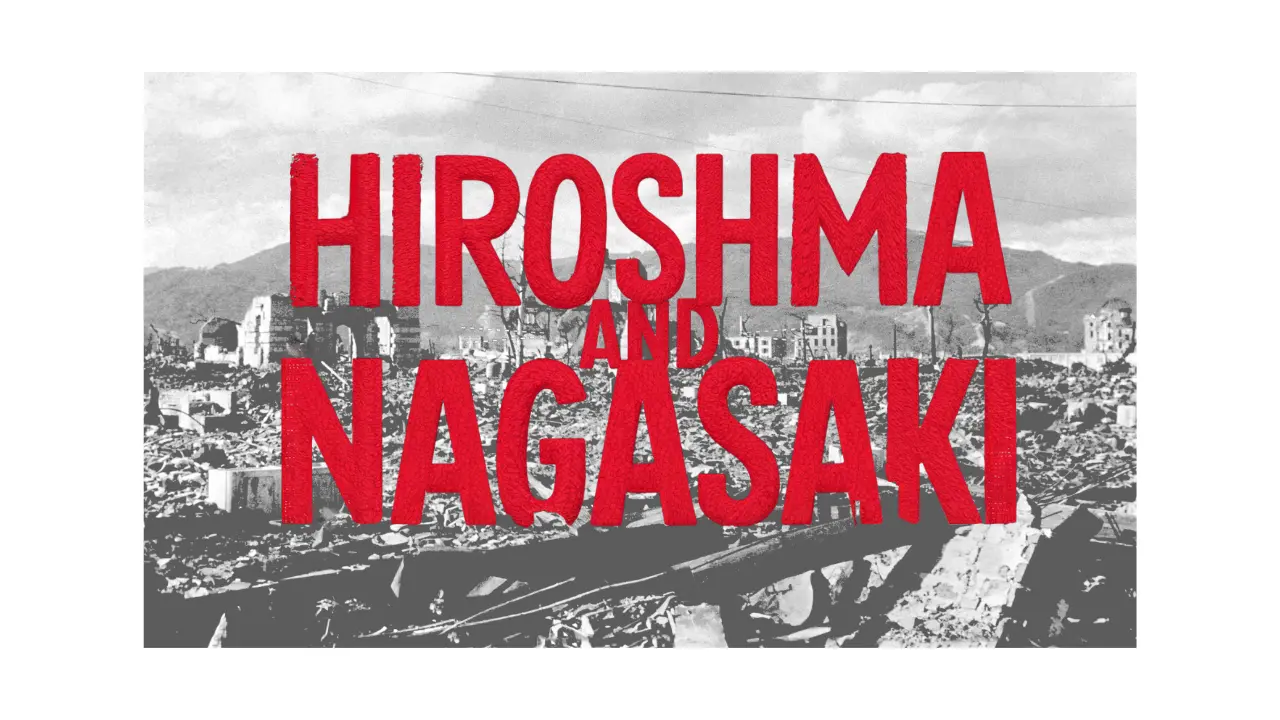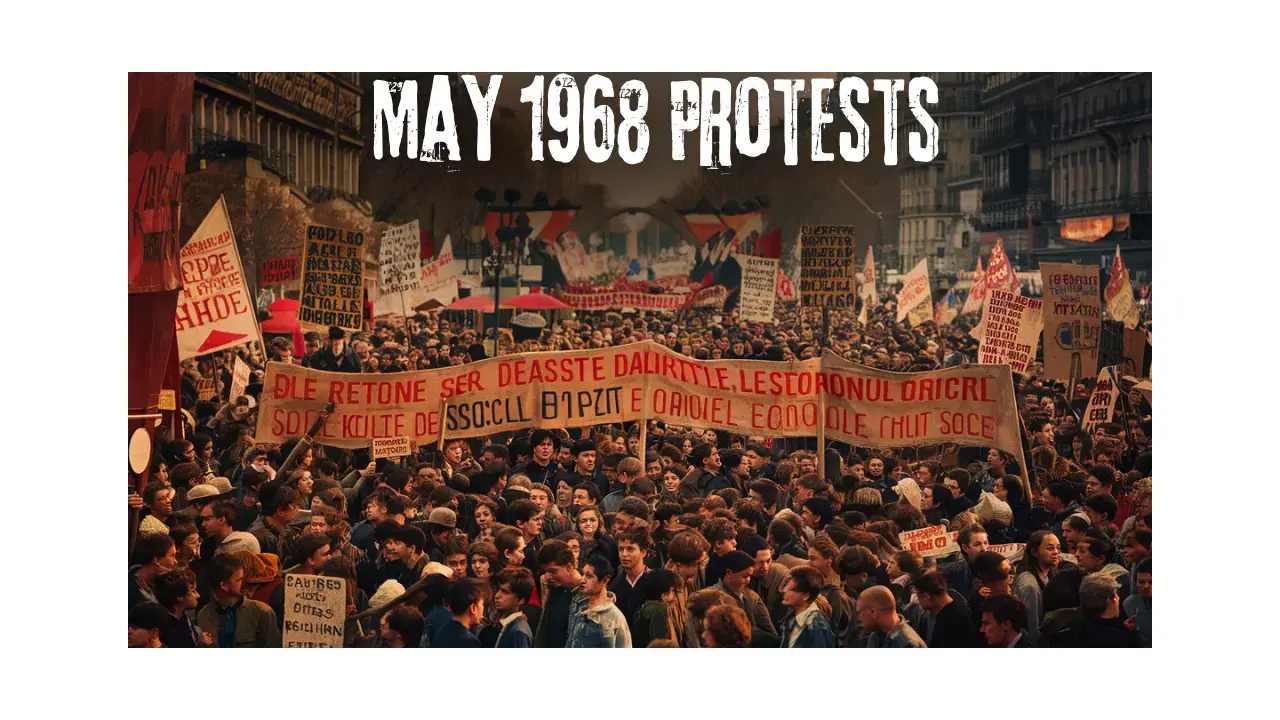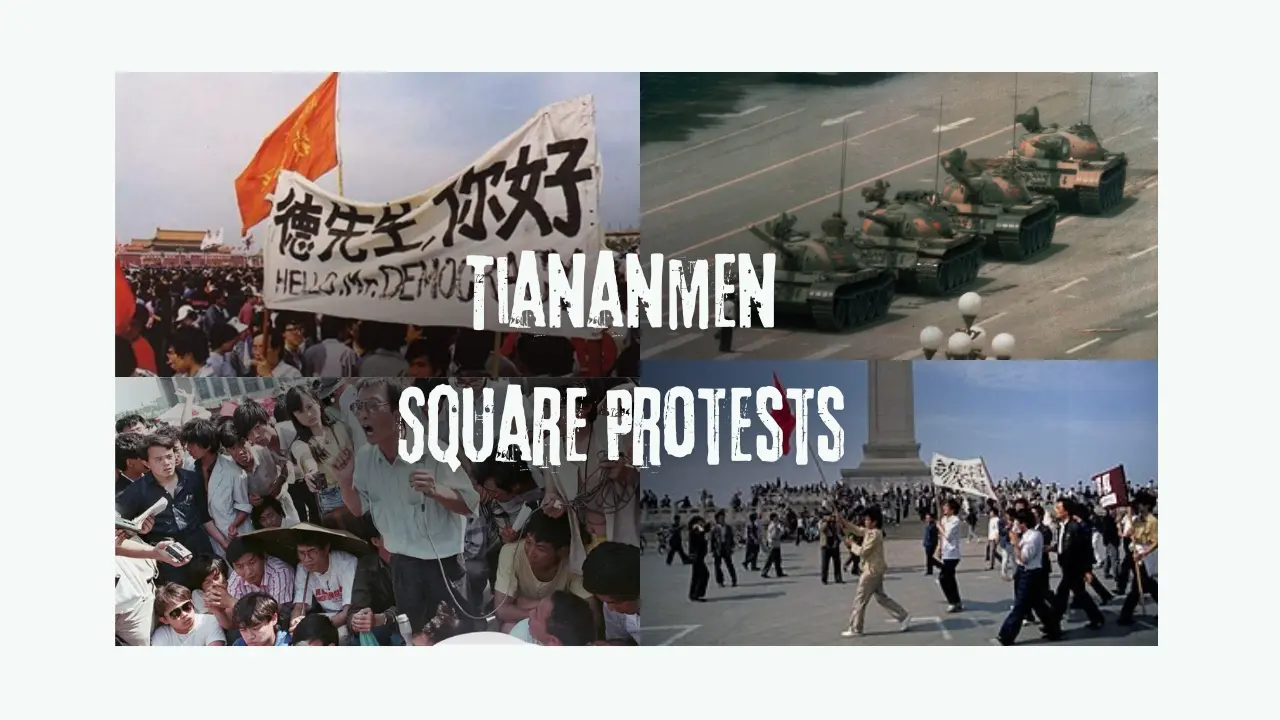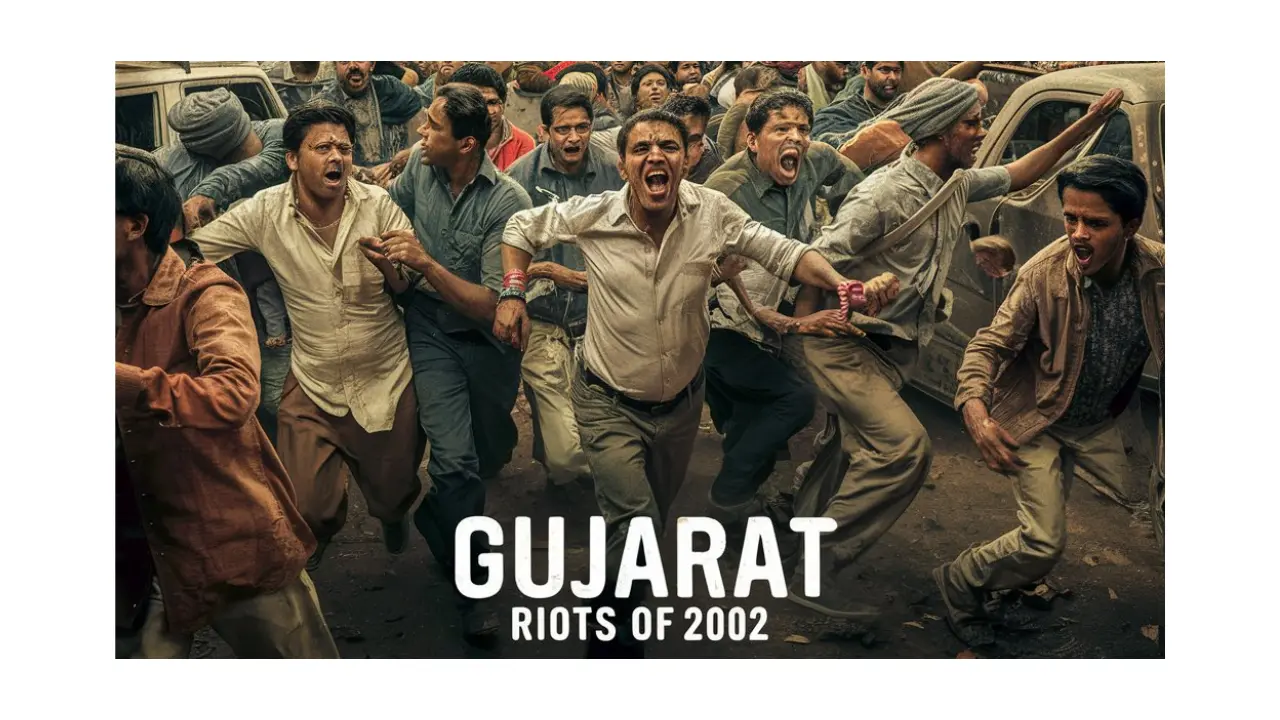During World War II, on August 6, 1945, Colonel Paul Tibbets flew an American B-29 bomber that dropped the first atomic bomb on Hiroshima and Nagasaki.
The Damage
After this terrible event, about 80,000 people died right away, and many more later died from the radiation. The choice to use such a powerful weapon was made to end the war faster, and Colonel Tibbets and his crew were very important in carrying out this plan.
The Man Behind the Mission Hiroshima and Nagasaki
Colonel Paul Tibbets, who flew the Enola Gay and dropped “Little Boy” on Hiroshima, felt like he had the weight of the whole world on his shoulders. The over-9,000-pound bomb destroyed five square miles of the city, which was the worst damage ever seen. Even though it was horrible, Japan did not give up right away. Three days later, a second bombing of Nagasaki was led by Tibbets’ coworker, Major Charles Sweeney.
The Power of “Little Boy” and “Fat Man” to Hurt People
Major Charles Sweeney flew the Bockscar and dropped the “Fat Man” bomb over Nagasaki on August 9, 1945. This bomb was even stronger than the one dropped on Hiroshima, but because Nagasaki is hilly, it only destroyed 2.6 square miles. Ultimately, both bombs succeeded in making Japan give up, which was the goal. On August 15, Emperor Hirohito declared Japan’s surrender.
The Human Cost and Long-Term Effects
Between 70,000 and 135,000 people perished in Hiroshima, while Nagasaki saw between 60,000 and 80,000 deaths.These numbers show both the people who died right away and those who died later from nuclear sickness. Even though Colonel Tibbets’ choice was meant to end the war, it had a profound and long-lasting effect that shows the terrible human cost of nuclear war.
The bombings of Hiroshima and Nagasaki are still powerful examples of how terrible nuclear weapons can be. When we think about what happened on August 6 and 9, 1945, and Colonel Paul Tibbets’ part in it, we are called to remember the terrible pain that happened and work for a world where tragedies like these never happen again. We must fight for peace and disarmament to remember the people who died and suffered in Hiroshima and Nagasaki.





